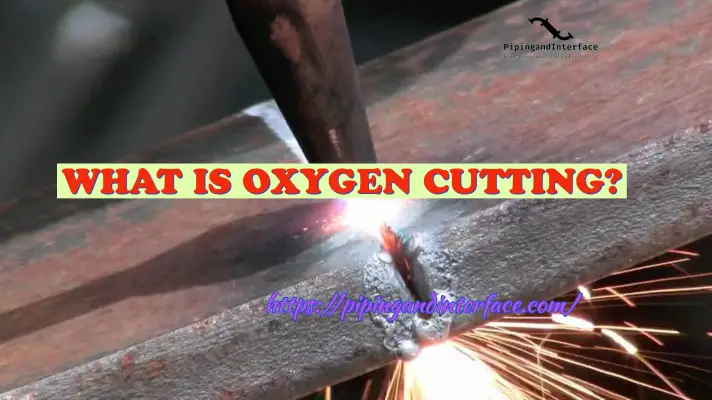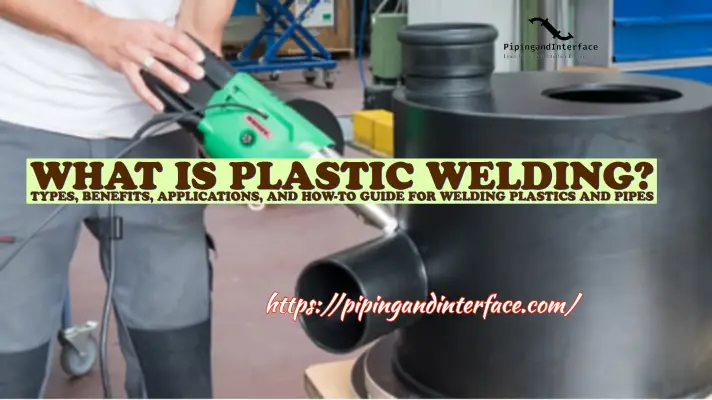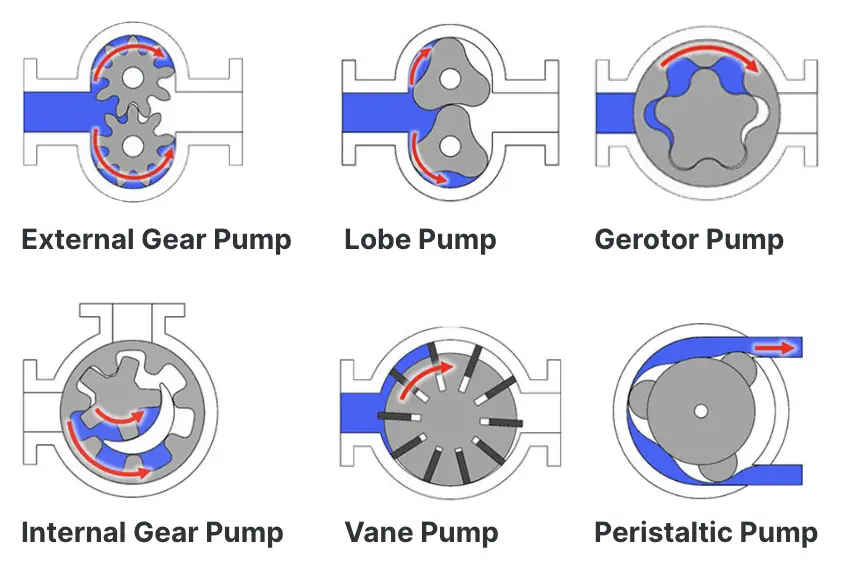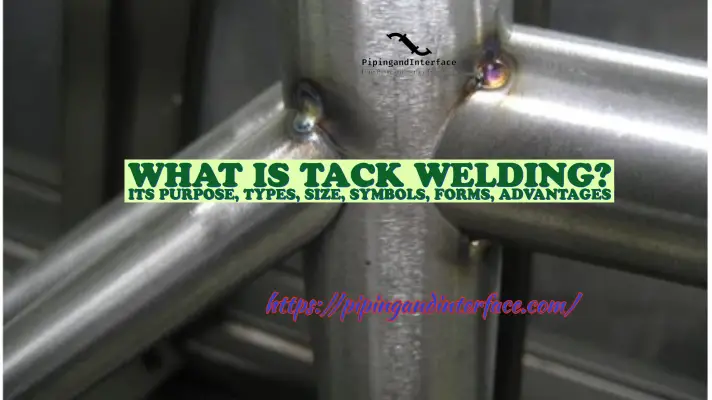In various industries, hot work processes such as welding, cutting, brazing, and soldering are essential for construction, repairs, and maintenance. While these tasks are crucial for the progress of projects, they also come with inherent risks. The combination of high temperatures, sparks, and open flames poses a significant threat to both workers and property. To mitigate these risks, companies, and organizations implement a crucial safety measure known as a Hot Works Permit. In this blog, we will learn the significance of Hot Works Permits, the procedures involved, and the positive impact they have on overall safety and efficiency in the workplace.
What is a Hot Works Permit?
A Hot Works Permit is a formal document issued by a responsible authority within a company or organization that authorizes specific hot work activities to take place in a designated area and timeframe. The permit aims to ensure that necessary precautions are taken to prevent fire incidents and safeguard workers, the environment, and surrounding property. It is a critical component of a comprehensive safety management system.
The Purpose and Importance of Hot Works Permits
Safety First:
The primary objective of a Hot Works Permit is to promote safety. By obtaining a permit, workers and supervisors commit to following proper safety protocols, using suitable equipment, and adhering to best practices during hot work activities. This reduces the likelihood of accidents and injuries.
Risk Assessment:
Before issuing a Hot Works Permit, a thorough risk assessment is conducted. Identifying potential hazards allows for the implementation of appropriate safety measures and ensures that everyone involved is aware of the risks associated with the job.
Controlled Environment:
A permit ensures that hot work is performed only in designated areas with proper fire protection and prevention measures in place. It restricts hot work activities to specific times, reducing the chances of accidental fires spreading unchecked.
Communication and Accountability:
Issuing a permit involves communication between all relevant parties, including workers, supervisors, safety officers, and management. This fosters a culture of accountability and emphasizes the seriousness of adhering to safety standards.
Legal Compliance:
Many jurisdictions mandate the use of Hot Works Permits in high-risk industries. By complying with these regulations, companies avoid potential legal consequences and demonstrate their commitment to workplace safety.
The Hot Works Permit Process
The process of obtaining and executing a Hot Works Permit typically involves the following steps:
Application:
The worker or supervisor responsible for the hot work initiates the permit process by submitting an application. The application includes details such as the type of hot work, location, date, time, safety precautions, and personnel involved.
Risk Assessment:
A safety officer or designated personnel reviews the application and conducts a risk assessment. This assessment identifies potential hazards and outlines the necessary safety measures and fire prevention controls.
Approval:
Upon successful completion of the risk assessment, the designated authority grants approval for the hot work to proceed. The permit will specify the approved location, date, and time for the work.
Safe Execution:
With the permit issued, the workers carry out the hot work while adhering strictly to the approved safety procedures and guidelines. A supervisor or safety officer oversees the operation to ensure compliance.
Post-Work Inspection:
After the hot work is completed, a post-work inspection is conducted to verify that the area is safe and free from potential fire hazards.
Hot Work Permit (OSHA)
A Hot Work Permit, as defined by the Occupational Safety and Health Administration (OSHA), is a formal written authorization that must be obtained prior to conducting any hot work activities in certain hazardous environments. Hot work includes processes like welding, cutting, grinding, and brazing, which involve open flames, sparks, or high-temperature sources. The permit ensures that appropriate safety precautions are in place to prevent fire incidents and protect workers, property, and the environment.
Hot Work Permit Form
A Hot Work Permit Form is a standardized document used to request and obtain authorization for hot work activities. It typically includes fields to fill out essential information such as the type of hot work, location, date, time, equipment to be used, safety precautions, personnel involved, and signatures from relevant parties.
OSHA Hot Work Permit Requirements
While OSHA does not have a specific standard solely dedicated to hot work permits, it emphasizes the importance of implementing a hot work permit system in specific contexts, such as confined spaces and fire-hazardous areas. OSHA expects employers to establish and enforce policies and procedures for hot work operations to ensure worker safety and reduce the risk of fire hazards.
Hot Work Permit Template
A Hot Work Permit Template is a pre-designed form or document that serves as a starting point for creating a company-specific hot work permit. It provides a structured layout and essential fields that can be customized according to the specific needs and requirements of the workplace. Fig. 1 below shows a typical hot work permit sample.

A Hot Work Permit Template typically includes the following information:
- Date and Time: The date and time when the hot work will take place, including the start and end times.
- Location: The specific location where the hot work will be performed. This could be a room, area, or equipment identifier.
- Type of Hot Work: A description of the hot work activity to be conducted, such as welding, cutting, brazing, soldering, grinding, or any other relevant process.
- Description of Hot Work Equipment: Details about the equipment and tools that will be used for the hot work, including any safety devices or protective gear.
- Personnel Involved: The names or identification of the individuals who will be performing the hot work, as well as the name of the supervisor or person in charge.
- Hot Work Precautions: A list of safety measures and precautions that will be implemented to mitigate the risks associated with the hot work. This could include fire prevention measures, personal protective equipment (PPE) requirements, and procedures for handling hot materials.
- Fire Watch Assignments: Identification of fire watch personnel responsible for monitoring the hot work area during and after the job to detect and extinguish any sparks or fire.
- Ventilation Requirements: If applicable, information on the ventilation measures to control fumes and gases generated during the hot work.
- Communication Plan: Instructions on how to communicate with the fire watch personnel and emergency responders in case of an incident.
- Emergency Procedures: Clear instructions on what actions to take in case of an emergency, including evacuation procedures, emergency contact numbers, and locations of emergency equipment like fire extinguishers.
- Authorization and Signatures: A section for all relevant personnel, including the workers, supervisor, and safety officer, to sign and acknowledge that they understand and agree to abide by the safety measures outlined in the permit.
- Post-Work Inspection: A space to document the completion of post-work inspections to verify that the hot work area is safe and free from potential fire hazards after the job is done.
NFPA Hot Work Permit
The National Fire Protection Association (NFPA) publishes guidelines and standards related to hot work permits, specifically in NFPA 51B: Standard for Fire Prevention During Welding, Cutting, and Other Hot Work. This standard provides recommendations for establishing a hot work permit program, conducting risk assessments, and implementing safety measures.
Hot Work Permit Tag
A Hot Work Permit Tag is a physical tag or label that is attached to the equipment or area where hot work is being performed. It serves as a visible indicator that hot work is authorized and that necessary safety precautions have been taken. Once the hot work is completed, the tag is typically removed to indicate that the area is safe again.
Hot Work Permit Example
A Hot Work Permit Example is a specific instance of a completed hot work permit form. It illustrates how a typical hot work permit is filled out, showing all the relevant details, safety measures, and signatures required before commencing hot work activities.
Hot Work Permit Welding
Hot Work Permit Welding is a specific application of the hot work permit process that focuses on welding activities. Welding involves high temperatures, sparks, and molten metal, making it a hazardous process that requires careful planning and safety measures to prevent fire incidents and protect workers and the surrounding environment.
Hot Work Permit Checklist
A Hot Work Permit Checklist is a comprehensive list of safety measures and requirements that must be addressed and completed before issuing a hot work permit. The checklist may cover items such as risk assessment, fire prevention measures, personnel training, proper equipment use, and emergency procedures.
A Hot Work Permit Checklist ensures that all necessary precautions are taken to minimize the risks associated with hot work activities. The checklist typically includes the following elements:
1. Risk Assessment:
- Identification of potential hazards associated with the specific hot work activity.
- Evaluation of the risk level for each hazard.
- Determination of the appropriate control measures to mitigate the identified risks.
2. Hot Work Location:
- Verification of the designated area where hot work is permitted to take place.
- Assurance that the location is suitable for hot work and properly prepared to minimize fire hazards.
3. Type of Hot Work:
- Specification of the type of hot work to be performed (e.g., welding, cutting, grinding, brazing, etc.).
4. Equipment Inspection:
- Confirmation that all hot work equipment, tools, and personal protective equipment (PPE) are in proper working condition.
- Inspection of fire extinguishers and fire protection equipment to ensure they are readily available and functional.
5. Fire Prevention Measures:
- Implementation of fire prevention measures, such as removing flammable materials from the hot work area.
- Ensuring the presence of non-combustible barriers or fire-resistant blankets to protect adjacent areas from sparks.
6. Ventilation Requirements:
- Assessment of the need for ventilation to control fumes and gases generated during hot work.
- Verification that appropriate ventilation equipment is in place and functional.
7. Personnel Training and Competency:
- Confirmation that the personnel involved in the hot work are adequately trained and competent to perform the tasks safely.
- Ensuring that workers are aware of the hazards and safety procedures associated with the specific hot work they are performing.
8. Fire Watch Assignments:
- Designation of fire watch personnel responsible for monitoring the hot work area during and after the job to detect and extinguish any sparks or fire.
- Verification that fire watch personnel understand their responsibilities and are adequately trained.
9. Communication Plan:
- Instructions on how to communicate with the fire watch personnel and emergency responders in case of an incident.
- Ensuring that there is a reliable means of communication, such as radios or phones, in the hot work area.
10. Emergency Procedures:
- Clear instructions on what actions to take in case of an emergency, including evacuation procedures, emergency contact numbers, and locations of emergency equipment.
11. Post-Work Inspection:
- Assurance that a post-work inspection will be conducted to verify that the hot work area is safe and free from potential fire hazards after the job is completed.
12. Authorization and Signatures:
- Verification that all required personnel have reviewed the checklist and signed the permit to indicate their understanding and commitment to follow the safety measures.
Overall, Hot Works Permit plays a crucial role in preventing accidents, injuries, and property damage caused by hot work activities. By promoting safety, conducting risk assessments, and establishing controlled environments, these permits ensure that hot work is performed responsibly and efficiently. Companies that prioritize safety and adhere to Hot Works Permit protocols create a work environment that safeguards workers and assets, fosters a positive safety culture, and demonstrates a commitment to both legal compliance and the well-being of their workforce.






